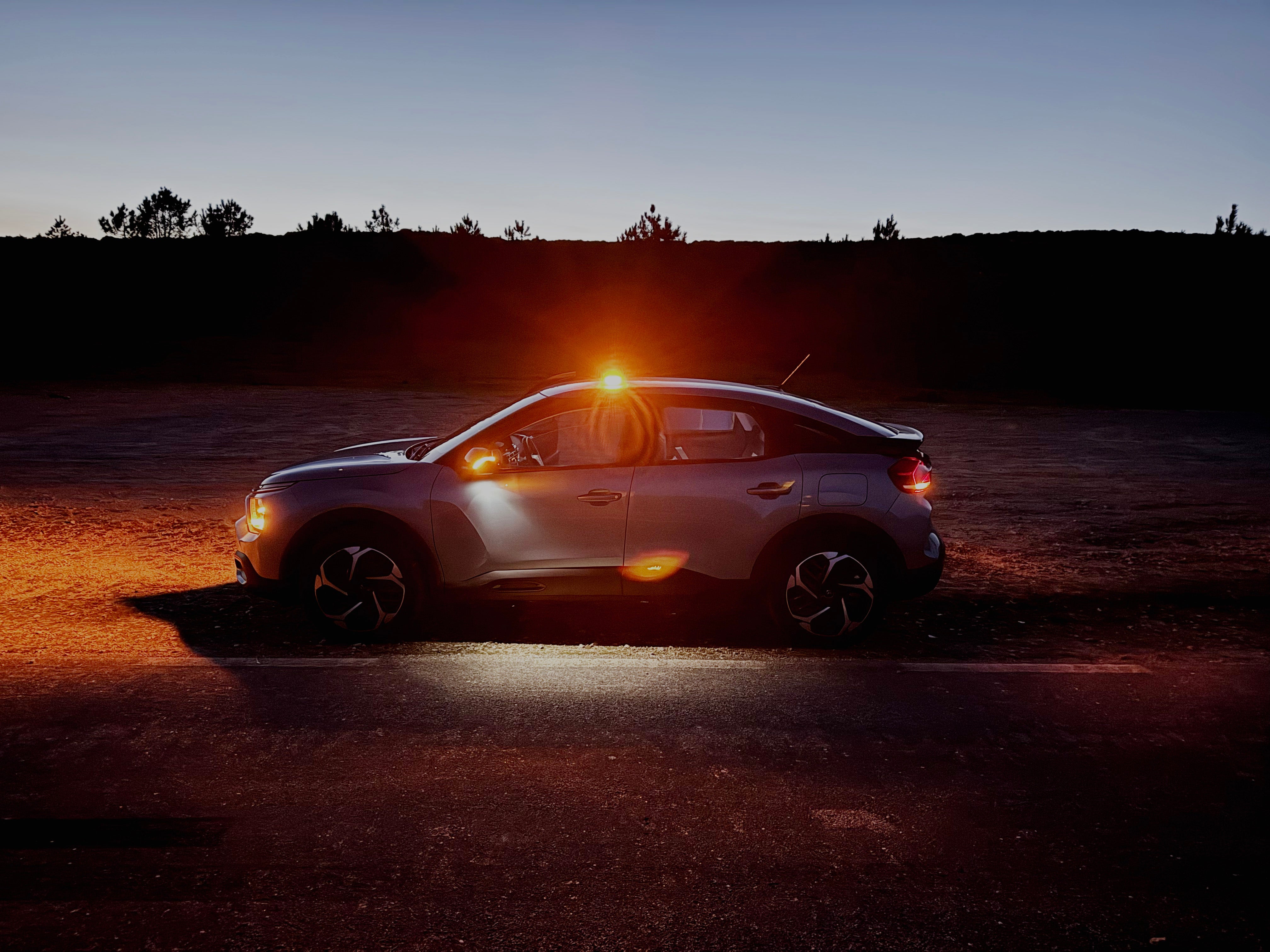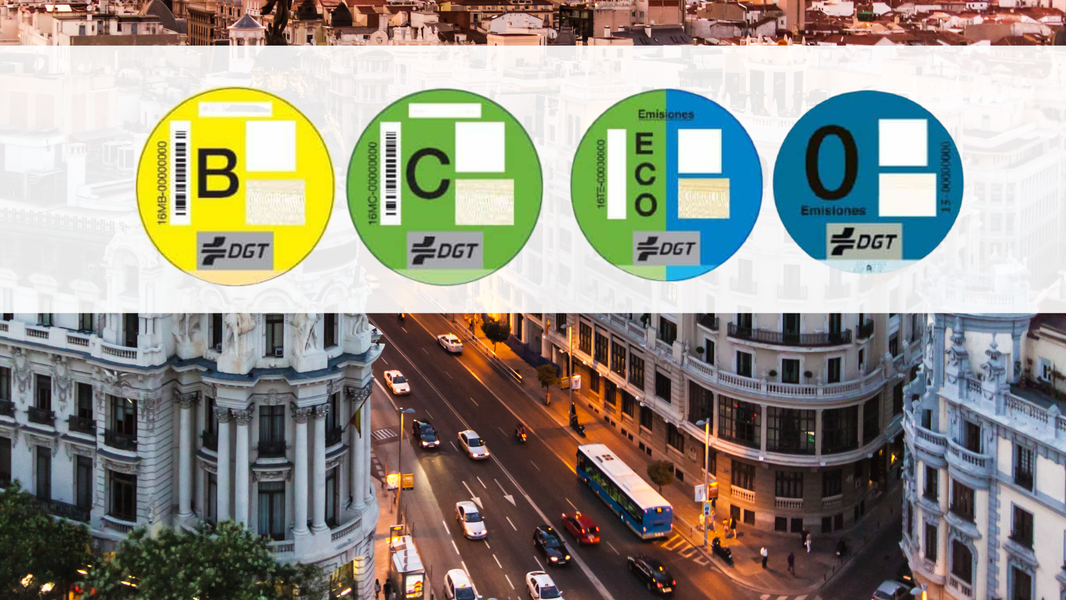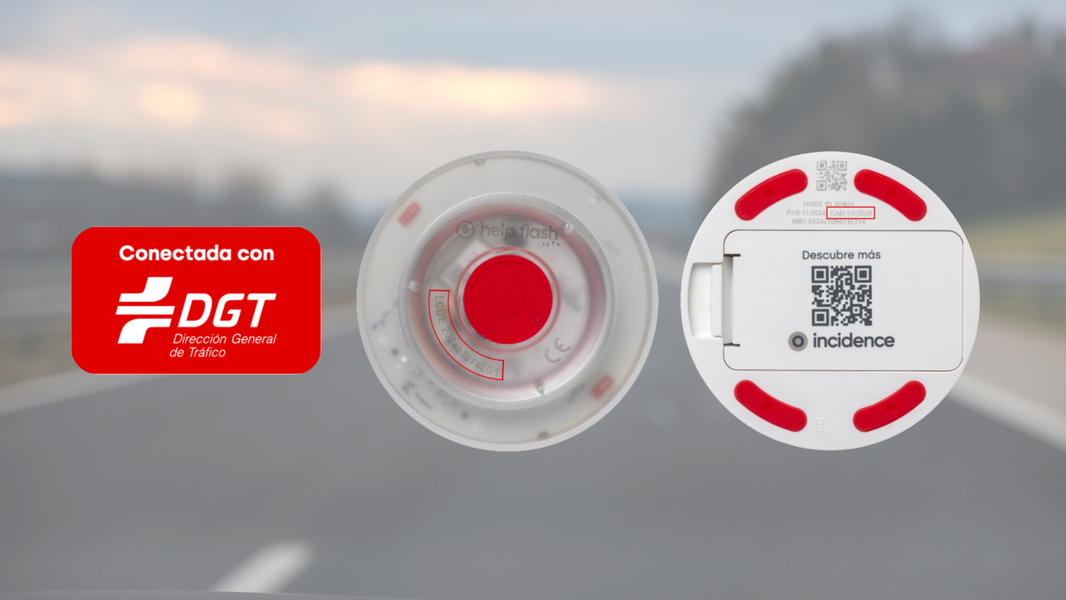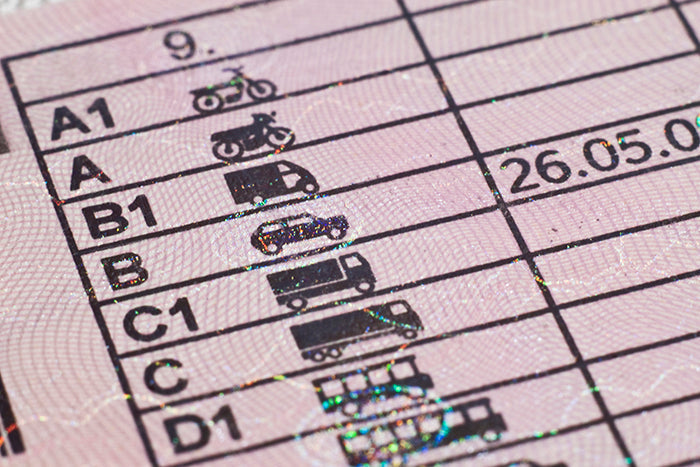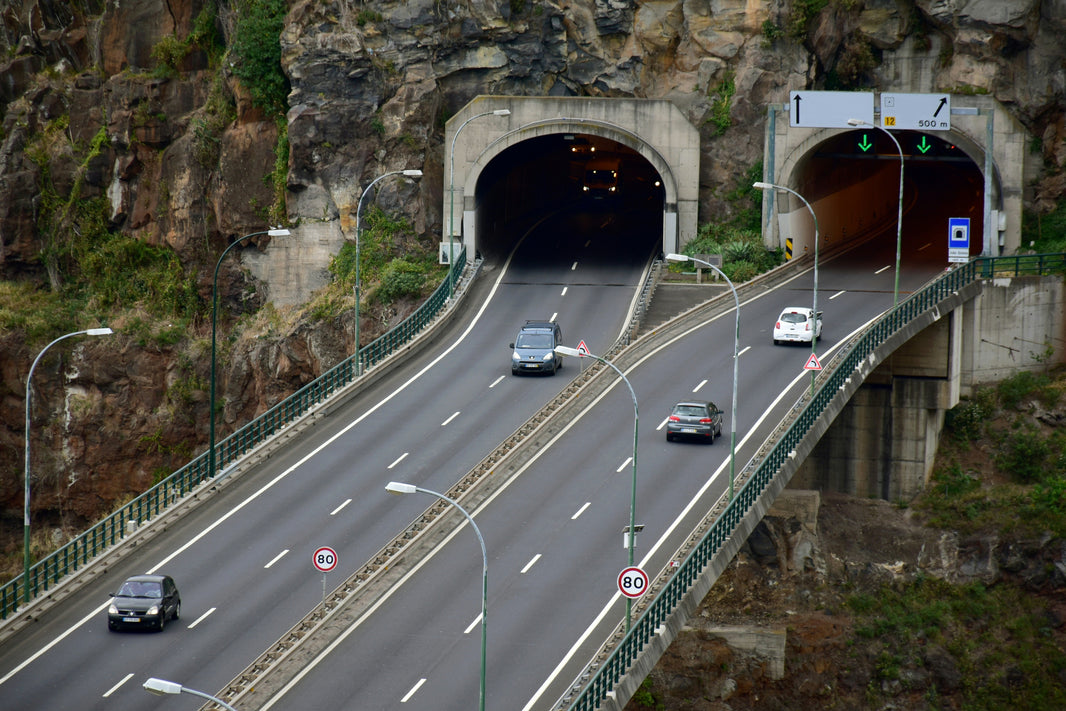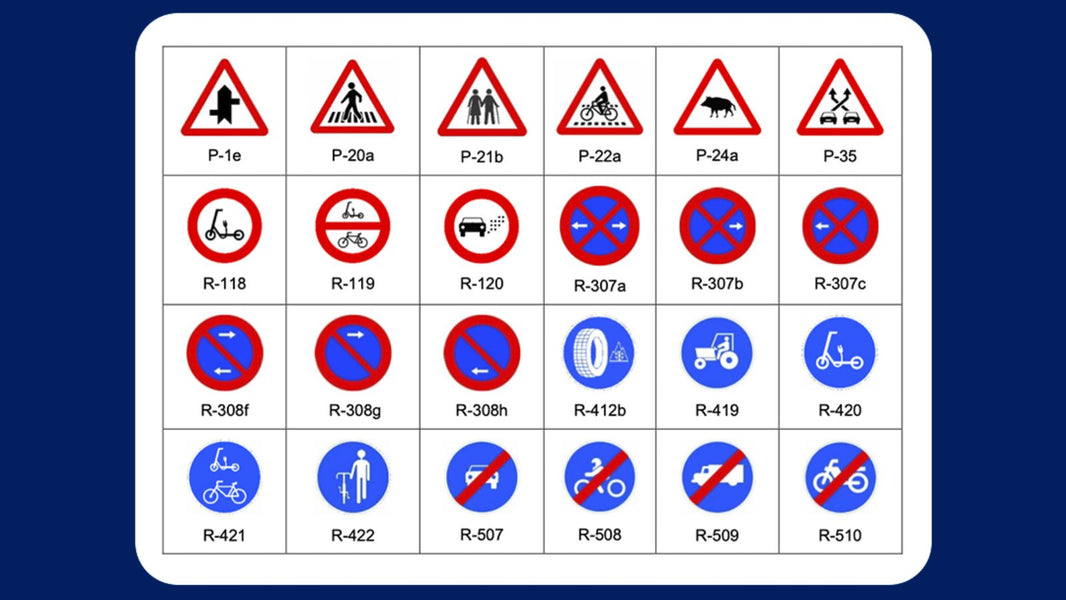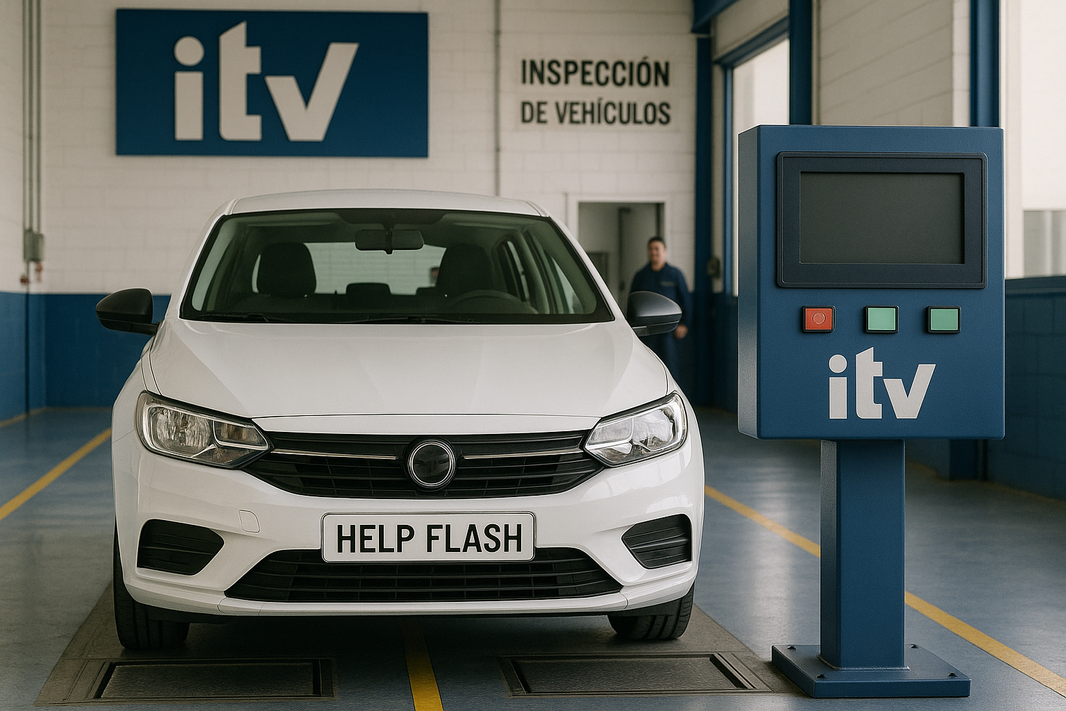What is a beacon signal and what is it used for?
A road marking is any visual element used to delimit, warn, or guide in areas where there is a temporary or permanent risk on the road. It serves to alert drivers and pedestrians to hazards, obstacles, detours, roadworks, or stopped vehicles, improving traffic safety.
If you've ever wondered what a road marking is , think of the orange cones at a construction site, the markers that demarcate lanes, or a flashing beacon on a broken-down car. All of these examples fall under the concept.
When are beaconing signals used?
They are used in situations where it is necessary to warn of a change in normal road conditions . For example:
-
Construction or maintenance areas.
-
Broken down or damaged vehicles.
-
Lane closures or temporary detours.
-
Accidents affecting traffic.
-
Control of dangerous access or perimeters.
Its use helps create a marked area , that is, a safe environment for both drivers and workers, occupants of stopped vehicles or emergency services.
Differences with other traffic signs
Unlike vertical signs or road markings (which are fixed and prescriptive), beacon signs are temporary or adaptable to the situation. They do not provide information about permanent regulations, but rather about specific risks or exceptional conditions .
Types of beaconing
There are different types of beaconing depending on their purpose, duration, and installation location. The main ones are:
What is a fixed beacon signal?
Fixed markings consist of elements installed permanently or semi-permanently to delimit dangerous areas, special lanes, or restricted access points. Examples include:
-
Edge markers or lane separators.
-
Cylindrical beacons on curves or roundabouts.
-
Reflective elements in black dots.
This type of signage is a permanent part of the road infrastructure , although it can be reinforced with other temporary signs in special situations.
Mobile beaconing
Mobile beacons are installed or removed according to current needs , such as during construction, accidents, or breakdowns. They are characterized by being visible, easy to install, and serving a temporary but vital function for safety .
It includes cones, portable barriers, light panels and, of course, V16 car emergency lights , such as those from Help Flash .
What are the most common beaconing signals?
Cones, milestones, barriers and lights
These elements are common in roadwork or emergency situations. Each one serves a purpose:
-
Cones : Delimit lanes quickly and flexibly.
-
Fixed milestones or beacons : they mark borders or separation zones.
-
Barriers : they prevent passage in critical areas.
-
Flashing lights : increase visibility, especially at night or in low visibility conditions.
V16 beacons
V16 beacons are the latest major advance in emergency signaling. They replace the old warning triangles and allow you to warn of a stopped vehicle without having to get out of the car .
Mounted on the roof, they emit a yellow light visible from a great distance. Additionally, connected versions, such as Help Flash IoT+ , communicate with the DGT (Directorate-General for Traffic) in real time , automatically geolocating the incident and increasing safety in the marked area.
How to choose the best beacon for your car?
If you're looking for the best option for signaling your vehicle in case of emergency, choose a V16 beacon connected and certified by the DGT .
The most comprehensive recommendation currently is a connected Help Flash Beacon , such as Help Flash IoT+, which offers:
-
Automatic activation when attached to the roof.
-
Visibility of up to 1 km even in fog.
-
Direct connection to the DGT 3.0 cloud.
-
Flashlight function for improved lighting in night situations.
-
100% legal product to replace triangles from 2026.
- Compatible with the MyIncidence roadside assistance app
Do you want to improve your road safety? Don't miss the opportunity to equip yourself with an approved and connected beacon. Your peace of mind—and that of those around you—starts with good signage.
Help Flash IoT+ not only complies with regulations, but makes a difference when you need to be seen and protected instantly .
